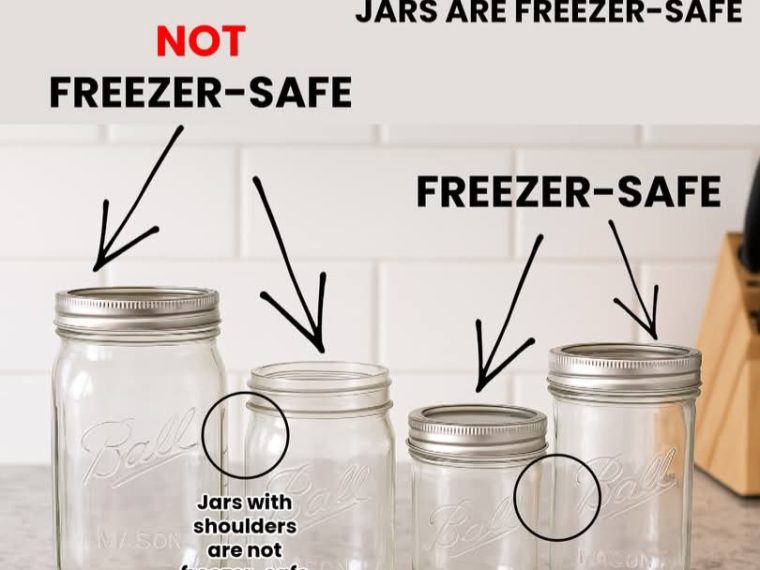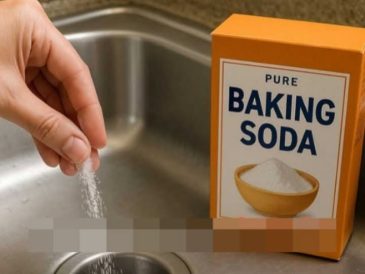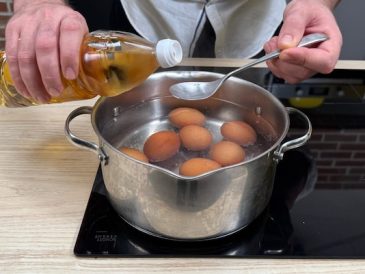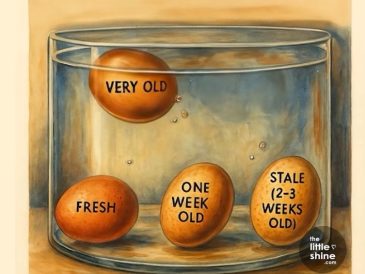❄️🥫
Mason jars are one of the most versatile containers in any kitchen—perfect for storing jams, soups, sauces, smoothies, and even leftovers. But when it comes to freezing food, not all mason jars are created equal. Freezing the wrong kind can lead to cracks, shattered glass, and wasted food.
If you’ve ever wondered how to tell whether your jars can handle the cold, here’s everything you need to know about freezer-safe mason jars—and how to use them safely.
🧊 Why Some Mason Jars Break in the Freezer
When liquids freeze, they expand. If a jar doesn’t have enough room for that expansion—or if the glass isn’t made to handle extreme temperature changes—it can crack or even explode in the freezer.
That’s why freezer-safe mason jars are made from tempered glass, which is thicker and more resistant to thermal shock. Regular jars, especially those with “shoulders” (narrow necks), are more likely to break.
🏷️ How to Identify Freezer-Safe Mason Jars
Here’s how to tell if your jars can safely go in the freezer:
1. Check the Label or Brand Information
- Look for words like “Freezer Safe”, “Tempered Glass”, or “Suitable for Freezing” on the box or embossed on the jar.
- Brands like Ball and Kerr often indicate which jars are freezer-friendly.
2. Choose Straight-Sided Jars
- Best for freezing: Jars with straight sides (no shoulders) allow liquids to expand upward without pressure buildup.
- Avoid: Jars with a narrow neck or curve near the top—these can cause cracking when contents expand.
3. Feel the Glass Thickness
- Freezer-safe jars typically have thicker, sturdier glass.
- Thinner glass jars (like old pickle or pasta sauce jars) may not withstand freezing temperatures.
4. Check the Jar Type and Size
- Best sizes: Wide-mouth pint and half-pint jars are ideal for freezing portions.
- Avoid large jars (1 quart or more) unless specifically marked freezer-safe; they’re more prone to breaking due to larger liquid volume and expansion.
🥣 How to Freeze Safely in Mason Jars
Even freezer-safe jars need to be used correctly. Follow these steps to avoid cracks or breakage:
- Leave headspace: Always leave at least 1 inch (2.5 cm) of space at the top of the jar to allow for expansion as food freezes.
- Cool before freezing: Let hot liquids (like soups or sauces) cool to room temperature before placing them in the freezer.
- Avoid over-tightening lids: Loosely screw on the lid before freezing. Once the contents are frozen, you can tighten it.
- Freeze upright: Place jars upright in the freezer and avoid stacking until they’re completely frozen.
- Thaw gradually: Move the jar from the freezer to the refrigerator and let it thaw slowly to prevent sudden temperature shock.
⚠️ Common Mistakes to Avoid
- Filling to the brim: Causes breakage due to expansion pressure.
- Using jars with cracks or chips: Even small imperfections make jars more likely to shatter.
- Rapid temperature changes: Going straight from hot to freezer or freezer to microwave can cause glass to break.
🧺 Bonus Tip: Label Everything
When freezing in mason jars, always label them with the contents and date. This makes it easy to track freshness and prevent freezer burn.
✅ Final Thoughts
Freezing food in mason jars is a smart, sustainable way to store leftovers, smoothies, soups, and sauces—if you use the right type of jar. Always look for straight-sided, thick glass jars labeled as freezer-safe, and leave plenty of space for expansion. With just a few simple precautions, you can enjoy the convenience of frozen storage without worrying about broken glass or wasted food.
So next time you meal prep or make an extra batch of soup, grab your freezer-safe mason jars and store them with confidence! ❄️🥣





